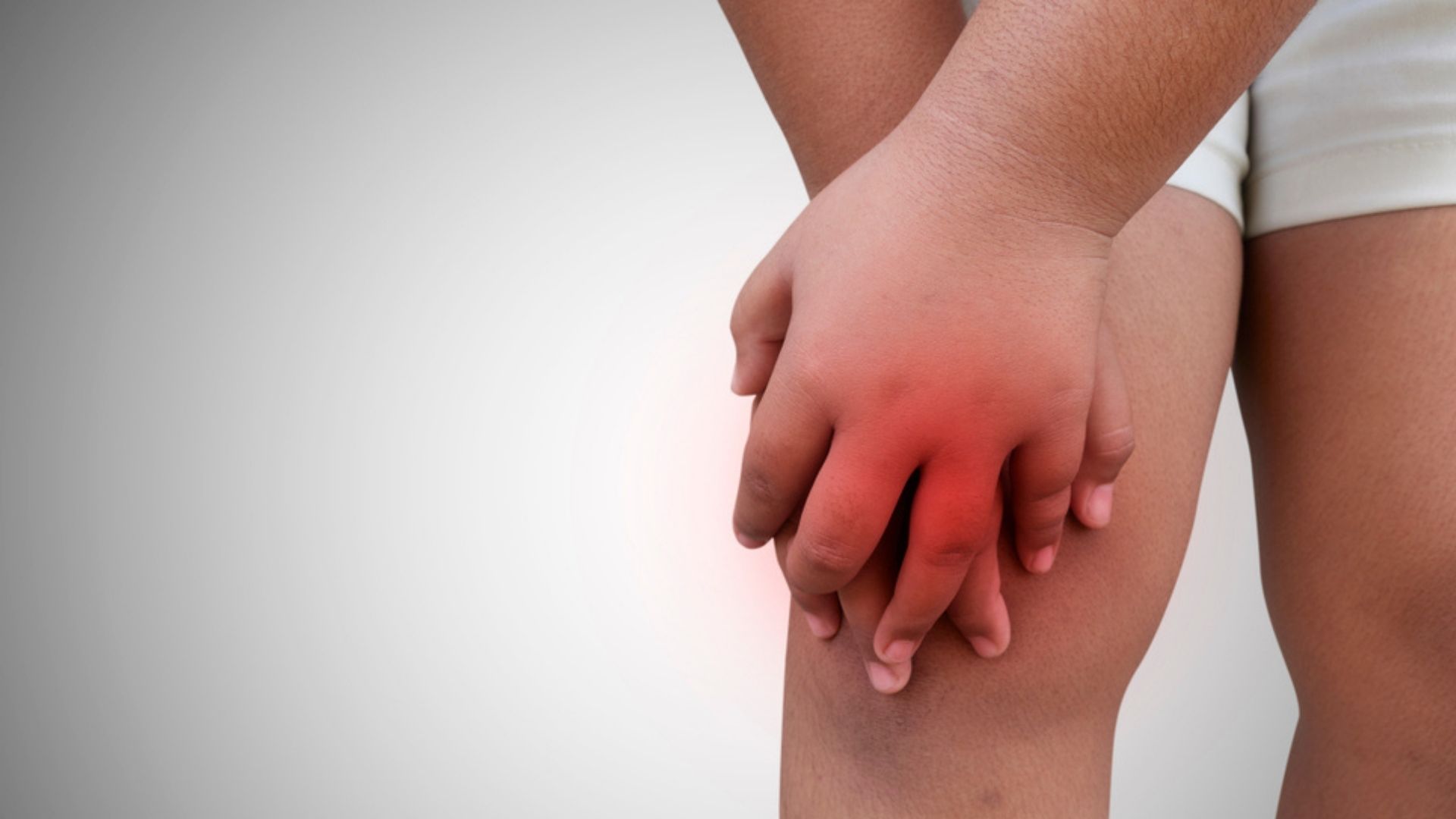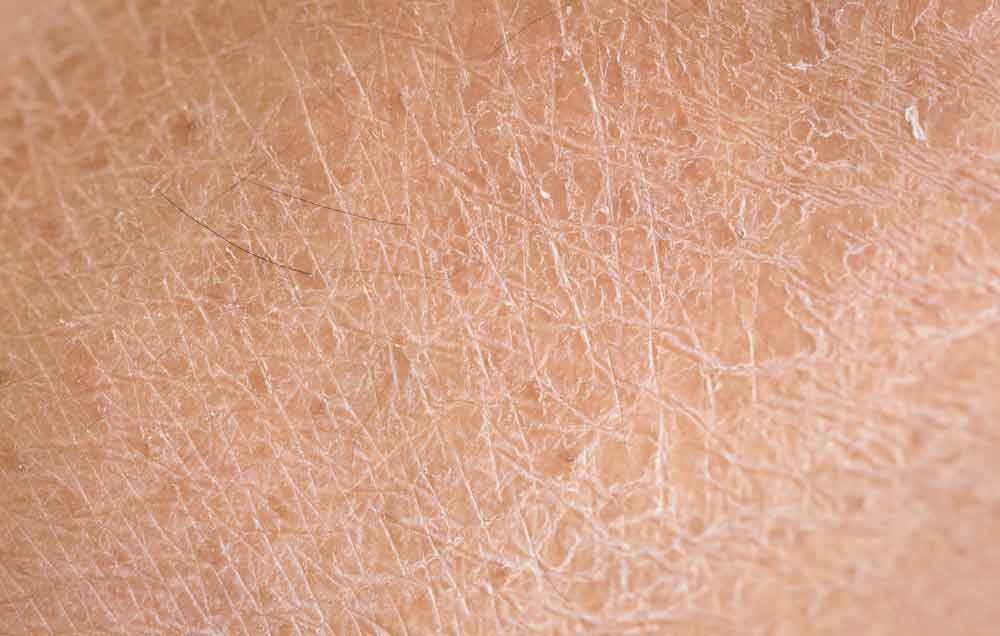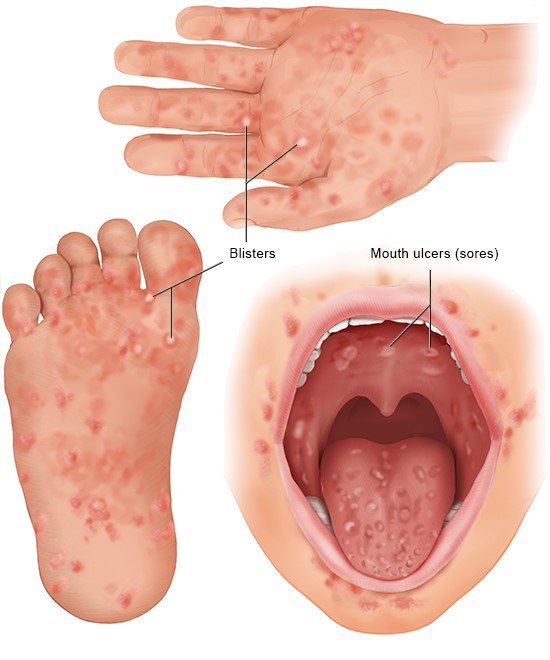Focus SOAP Note: ADHD
Focus SOAP Note: ADHD
Patient Verification
Name: K.T.
DOB: November 29th, 2013
Minor: Yes
Accompanied by: Mother
Demographic: 9-year-old African American
Gender Identifier Note: Female
SUBJECTIVE:
CC: “I’m depressed.”

HPI:
A 9-year-old African American female presented at the clinic accompanied by her mother. The patient states she feels depressed. The mother also states the patient has been complaining of feeling depressed. The mother reports that patient was diagnosed with ADHD in 2020 at the age of 7 years. The mother is away most of the time because of her job. Her sister is also away, while she is at home with her brothers, who she claims are mean to her most of the time. The patient states she felt lonely because she has no one to play with or talk to. She has five friends in school who are foreigners from different countries. The patient states she does not want to go to school and does not feel like getting up in the morning to go to school. The mother reports the patient is always crying, and she does not want it to get worse, hence the reason they came for evaluation. The patient is struggling in school, especially in math, and her grades are low. However, she is respectful in class, and she loves art and writing, drawing, painting, and sketching but finds it very hard to learn new subjects. She has problems with concentration. Painting and sketches make her less sad. The patient reports that she does not express her feelings in school but in her head. The mother reports patient has problems sleeping and decreased appetite. The client denies suicidal and homicidal thoughts and intent to hurt others. However, she has sometimes made her lips bleed twice and sometimes slapped herself on the wrist.
Social Hx: Mother, 38 years, has a history of bipolar 1 disorder with borderline traits and PTSD. Patient has 3 siblings, two brothers and one sister. Sister has a history of anxiety and she is not around most of the time. Mother is also not around mostly due to her job. Parents are divorced, and dad, 41, has no visitation right or custody.
Legal Hx: Denied.
Medical Hx: Denied.
Surgical Hx: Denied
Psychiatric Hx: Patient has history of ADHD. Mother has a history of bipolar 1 disorder with borderline traits and PTSD. Sister has a history of anxiety
Psychiatric medication use: Denied.
Substance Abuse history: Denied.
ROS:
General: Denies weight loss, fever, chills, weakness, or fatigue.
HEENT: Eyes: denies visual loss, blurred vision, double vision, or yellow sclerae. Ears, Nose, Throat: No hearing loss, sneezing, congestion, runny nose, or sore throat.
Skin: No rash or itching.
Cardiovascular: Denies chest pain, chest pressure, or chest discomfort. No palpitations or edema.
Respiratory: Denies wheezes, shortness of breath, consistent coughs, and breathing difficulties while resting.
Gastrointestinal: No anorexia, nausea, vomiting, or diarrhea. No abdominal pain or blood. Reports decreased appetite.
Genitourinary: Denies burning on urination, urgency, hesitancy, odor, odd color
Neurological: Denies headache, dizziness, syncope, paralysis, ataxia, numbness, or tingling in the extremities. No change in bowel or bladder control. Reports difficulties concentrating and paying attention.
Musculoskeletal: Denies muscle, back pain, joint pain, or stiffness.
Hematologic: Denies anemia, bleeding, or bruising.
Lymphatics: Denies enlarged nodes. No history of splenectomy.
Endocrinologic: Denies sweating, No reports of cold or heat intolerance. No polyuria or polydipsia.
OBJECTIVE
Vital Signs
Temp: 98.3 F
BP: 117/59
HR:71
R: 18; non-labored
O2: 96% room air
Pain: Negative
Ht:4ft, 7 inches
Wt.: 71.2 lbs.
BMI:17.9
BMI Range: Healthy Weight
Physical Exam: General appearance: The patient appears to be healthy and well-fed. She routinely engages in discussion with the medical personnel; however, she easily gets distracted and abruptly leaves the subject under discussion. The mother steps in to assist with replying.
HEENT: Normocephalic and atraumatic. Sclera anicteric, No conjunctival erythema, PERRLA, oropharynx red, moist mucous membranes.
Neck: Supple. No JVD. Trachea midline. No pain, swelling or palpable nodules.
Heart/Peripheral Vascular: Regular rate and rhythm noted. No murmurs. No palpitation. No peripheral edema to palpation bilaterally.
Cardiovascular: Although the patient’s heartbeat and rhythm are regular, there are murmurs and other sounds coming from her chest. The patient’s heart rate is constant and capillaries refill in two seconds.
Musculoskeletal: Normal range of motion. Regular muscle mass for age. No signs of swelling or joint deformities.
Respiratory: No wheezes and respirations are easy and regular.
Neurological: Balance is stable, gait is normal, posture is erect, tone is good, and speech is clear.
Psychiatric: The patient’s fast switching from one discussion or topic to another indicates inattentiveness. Patient is easily distracted, yet occasionally appears to pay attention to the mother and the practitioner.
Neuropsychological testing: Patient has difficulties executing functions where he is required to prioritize, plan, inhibit behavior, and attend to processing speed, especially schoolwork.
ASSESSMENT
MSE: K.T. underwent a mental health assessment. The patient was dressed appropriately for the setting and the season. Despite being highly talkative, she remained seated during the interview, was compliant, and displayed no signs of discomfort. The patient denied having hallucinations, suicidal or homicidal thoughts, paranoia, insomnia, appetite loss, or auditory or visual hallucinations.
DSM5 Diagnosis
- F90.9. Attention-Deficit hyperactivity disorder (Confirmed):
Attention-deficit/hyperactivity disorder (ADHD), a chronic mental health condition that frequently worsens as people age, affects millions of children. ADHD’s enduring symptoms include hyperactivity, impulsive behavior, and difficulties paying focus. For those with ADHD, especially children, common issues include low self-esteem, troubled relationships, and lack of involvement (Magnus et al., 2017). Impulsivity, disorganization, poor time management, difficulty setting priorities, difficulty focusing, difficulties multitasking, excessive activity and restlessness, poor planning, and a low threshold for irritability are some symptoms of ADHD.
The patient reported experiencing depressive, lonesome, and melancholy feelings, typical of many ADHD patients. The DSM-5 diagnostic criteria for people with ADHD include five or more inattention symptoms, several of which must have appeared before the age of 12, several of which must have appeared in two settings, evidence that the symptoms impair or negatively affect social or academic functioning, and symptoms that do not only coexist with another psychotic disorder (Magnus et al., 2017). The patient demonstrates continuous loss of focus and attention and has previously been diagnosed with ADHD. The patient claims to be depressed and exhibits many symptoms of depression. However, ADHD patients also report decreased appetite, symptoms resembling sleep deprivation, and are more likely to engage in non-suicidal and suicidal self-harm, which may account for the patient’s bleeding lips and slapping of oneself. The primary diagnosis, according to the examination, is ADHD.
- F32.9 Major Depressive Disorder
A prolonged sense of sadness and passivity are two features of depression. All depressive disorders have the symptoms of sadness, emptiness, or irritability, as well as other physical and mental changes that significantly restrict the patient’s capacity to function (Chand et al., 2021). Patients who are depressed have noticeably lower interest in or excitement for nearly all endeavors for the majority of the day, essentially every day. According to the DMS-5 criteria, a diagnosis requires five of the following symptoms: trouble sleeping, loss of intrigue or pleasure, feelings of inadequacy or helplessness, fatigue or erratic energy, problems concentrating or listening attentively, fluctuations in appetite or weight, psychomotor issues, suicidality, and depressed mood (Agostino et al., 2021). The patient claims to feel down, melancholy, and lonely. Moreover, the patient has trouble falling asleep and has less desire to eat. The patient disputes any suicidal thoughts. Many depressive symptoms are present in the patient; however, the diagnosis was ruled out because the patient did not exhibit a protracted state of sadness.
- F41.9. Generalized Anxiety Disorder
Excessive, exaggerated anxiety and worry about everyday events without an apparent reason are characteristics of generalized anxiety disorder (GAD) (Munir et al., 2021). 3.1% of the population, or more than 6.8 million people, are affected. Although it can begin at any age and progress gradually, the risk is most between the ages of five and middle age. Biological variables, family history, life events, and other stressors all contribute to GAD, despite the exact caause being unknown (Toussaint et al., 2020). Looking for symptoms like excessive, persistent worry and tension, unrealistic views of problems, restlessness or a feeling of being “edgy,” difficulty focusing, quickly becoming exhausted, increased crankiness or irritability, trouble sleeping, and muscle tension can help diagnose general anxiety disorder. Individuals with GAD frequently see doom coming and worry excessively about everyday occurrences like going to work. GAD is diagnosed when a person has uncontrollable worrying, which K.T. does not have.
PLAN
Pharmacologic interventions:
- Start Venlafaxine 18.75-75 mg/day; may increase to 150 mg/day after 4 weeks
Psychotherapy
Behavioral psychotherapy: With the use of behavioral therapy and the appropriate medication, it is possible to improve ADHD symptoms while enhancing executive function, lowering anxiety, and reducing hyperactivity (Magnus et al., 2017).
Psychosocial interventions: Psychosocial therapies, including applied relaxation interpersonal psychotherapy, short-term psychodynamic psychotherapy, and social skills instruction, can assist in lessening the symptoms of ADHD and anxiety (Magnus et al., 2017).
Cognitive therapy: Cognitive-behavioral therapy helps reduce anxiety and restlessness sensations that arise when performing tasks, improve focus and time management, and improve mood (Lopez et al., 2018).
Patient education
- Talk to the patient and parent about risks and benefits of medication, including non-treatment, probable side effects.
- Discuss with patient and parent when to stop medication, how to recognize, and when to report adverse events.
- Talk to the patient and parent about the dangers of combining prescription pharmaceuticals with OTC, illicit, or natural substances.
- Educate patient and parent to develop structured daily routines, daily schedule, and minimize changes.
- Engage patient in skills training.
- Encourage patient and parent to make time for exercise every day.
- Educate the patient to accept herself and her limitations and to interact with people that accept her.
- Teach patient to create a system for prioritizing the day and create deadlines for activities.
- Advice parent to create more time to spend with patient.
Follow-up: Patient should follow-up after one week for psychotherapy.
References
Chand, S. P., Arif, H., & Kutlenios, R. M. (2021). Depression (Nursing). In: StatPearls [Internet]. StatPearls Publishing.
Lopez, P. L., Torrente, F. M., Ciapponi, A., Lischinsky, A. G., Cetkovich-Bakmas, M., Rojas, J. I., Romano, M., & Manes, F. F. (2018). Cognitive-behavioural interventions for attention deficit hyperactivity disorder (ADHD) in adults. The Cochrane database of systematic reviews, 3(3), CD010840. https://doi.org/10.1002/14651858.CD010840.pub2
Magnus, W., Nazir, S., Anilkumar, A. C., & Shaban, K. (2017). Attention deficit hyperactivity disorder (ADHD).
Munir, S., Takov, V., & Coletti, V. A. (2021). Generalized Anxiety Disorder (Nursing). StatPearls [Internet].
Toussaint, A., Hüsing, P., Gumz, A., Wingenfeld, K., Härter, M., Schramm, E., & Löwe, B. (2020). Sensitivity to change and minimal clinically important difference of the 7-item Generalized Anxiety Disorder Questionnaire (GAD-7). Journal of affective disorders, 265, 395-401.











